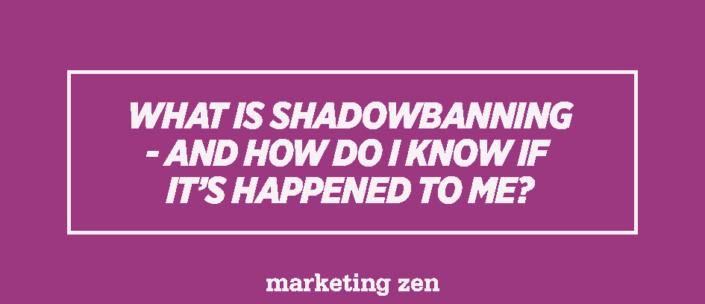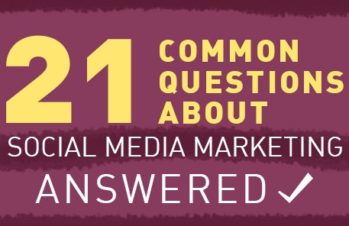There’s been a lot of talks recently about the Instagram “shadowban” that’s been affecting some users.
It may sound like the title of the next James Bond movie, but it’s actually fairly simple. What it means is that Instagram is making some users’ posts invisible without the users knowing. For businesses that use Instagram to promote their brand, this is obviously a real problem. Being shadowbanned can lead to a plummet in engagement.
But we hasten to add: The act of shadowbanning is not an attempt by Instagram to censor your posts. It’s actually part of a bigger cleanup job that Instagram is doing to make Instagram content better, more relevant, and less spammy.
Now back to you. Why is the shadowban happening, and how can you tell if it’s affected your account?
Check your engagement levels
The biggest reason you’d notice that your account might be shadowbanned is that you’d see that noticeable dropoff in engagement mentioned earlier.
This would be because your posts aren’t showing up when people search for a hashtag, for potential reasons we’ll get into later.
Now, a drop in engagement doesn’t necessarily mean that you’ve been shadowbanned. It could mean that there’s a legitimate problem with your content, or that something you’re doing isn’t working.
In fact, this is probably the more likely scenario, unless you notice a truly serious, sudden change in the number of likes and comments you’re getting.
Some users who have likely been affected by the shadowban have reported getting an average of 50 likes within 5 minutes of posting have said that it was suddenly taking them 5 minutes to get just 1 like. That’s the level of change that you may want to look into more closely.
A more direct way of seeing whether your posts are visible, of course, is to search for a hashtag you’ve used on a low engagement post. If your post isn’t showing up, well, then you may have been shadowbanned.
There’s also a website that can supposedly check if you’ve been shadowbanned with nothing but your Instagram account name. It might be worth a try, but we can’t recommend it wholeheartedly. There’s no real way to know if it’s 100% accurate.
Why am I shadowbanned?
While the exact reasons for a shadowban haven’t been shared by Instagram, there are many people and organizations that have been experimenting to figure out what triggers a shadowban.
According to social media scheduling tool Plann and others, here are the probable reasons you may have been shadowbanned.
You’re using bots or an automated app to post on your behalf.
This is a big no-no nowadays. As Instagram has been trying to clean up users’ feeds and make the platform less spammy, automated posting has become one possible way to get shadowbanned.
How can they tell if you’re using an app? It’s all about the IP address. If a post goes up on your account from an IP address in, say, Delaware, where the app is located, and then you post 5 minutes later from your location in New York, Instagram will likely look into it.
You’re buying followers.
Most brands today know that buying followers is a terrible way to try to get ahead, as social media marketing is all about quality, not quantity.
However, if you’re still employing this tactic, stop right now. Not only is it ineffective, but it could also trigger a shadowban.
Instead, it’s time to work on building up an authentic audience that is interested and engaged in what you post.
You’re putting in tons of hashtags that aren’t truly relevant to your content.
You’ve seen those posts with one long string of hashtags – #nofilter, #selfie, #instalove, #foodporn, etc.
One thing many – not all, but many – of these posts have in common is that several of those hashtags probably have little to do with the image. It’s clear they’re in the post so that the post will show up in more searches, not because they help define the content in any meaningful way.
Overused hashtags become cliches.
Overused hashtags are social media cliches. Don’t use them. Click To TweetAnd just like your high school English teacher reamed you for using “you don’t have to be a rocket scientist” in your term paper, Instagram is not going to be pleased if you’re appending #sunset, #cute, and #love to every image you post.
Instead, use hashtags the way they’re supposed to be used: to add something relevant to a trending conversation, help your followers find you, or help develop your social media voice.
You’re using the same hashtag(s) over and over.
Maybe you’re careful about using meaningless hashtags, but you’ve been putting your branded hashtag on the end of every post for weeks. This is another apparent way to get shadowbanned on Instagram.
Instead of sticking with the same hashtags for all or most of your posts, try varying them a bit. Be more creative with your hashtag game, or even stop using them all together for a few days. This can help you start to step out of that dreaded shadow.
Don’t use the same hashtags over and over to avoid the Instagram #shadowban. Click To TweetYou’re using banned hashtags.
You may not know that Instagram bans certain hashtags from time to time. It’s usually because they’ve been co-opted by users with less than honorable intentions, either for spam or for content that’s NSFW.
A list of banned hashtags as of May 2017 can be found at the Huffington Post, but you can also easily check if a hashtag is banned.
All you have to do is tap the Explore icon in Instagram and search for your hashtag. (Images are via Preview’s explanation of how to find banned hashtags.)
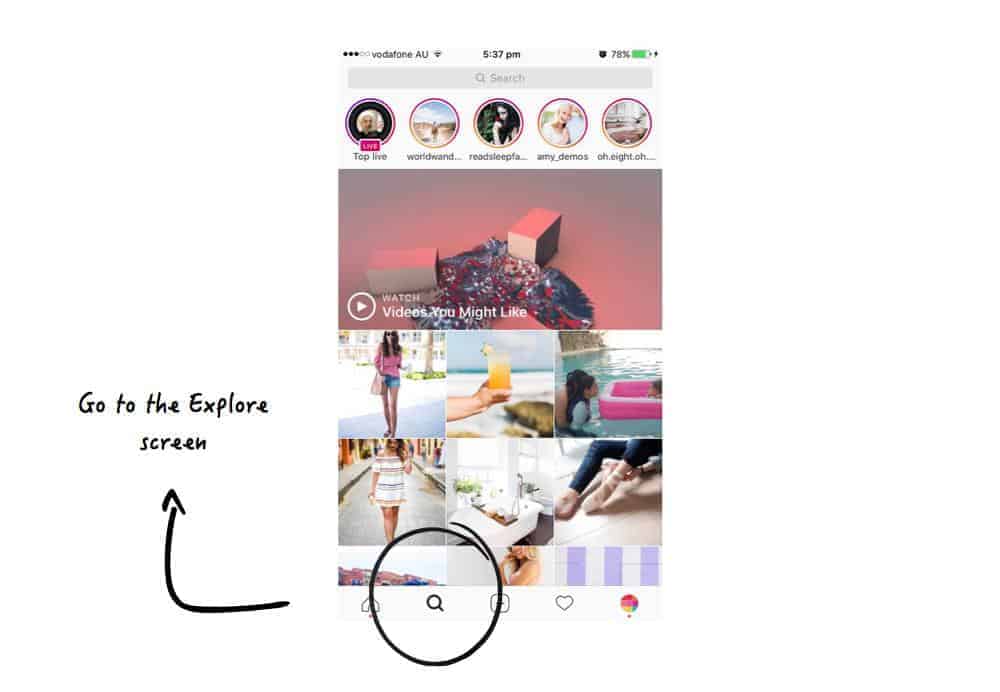
If the search screen says “no posts found,” then you need to make sure that the hashtag is actually banned.
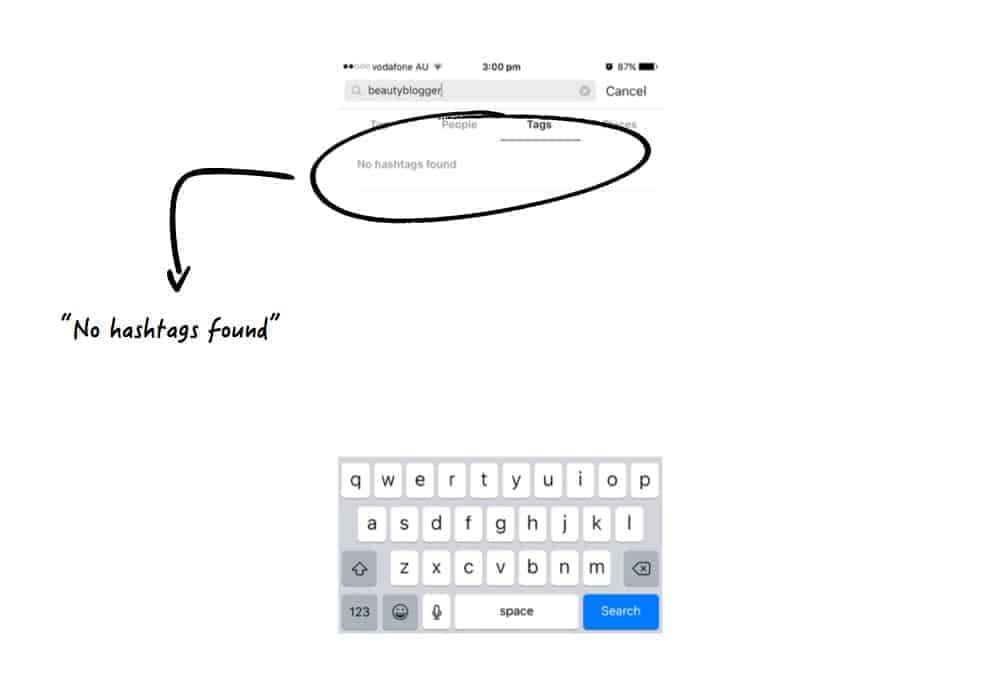
To do that, tap the hashtag, and see what appears. If no posts at all show up, then the hashtag is completely banned. If a small selection of posts appears, then the hashtag is temporarily banned, and you’ll want to avoid it for a week or two. You can check back periodically to see if the ban has been lifted.
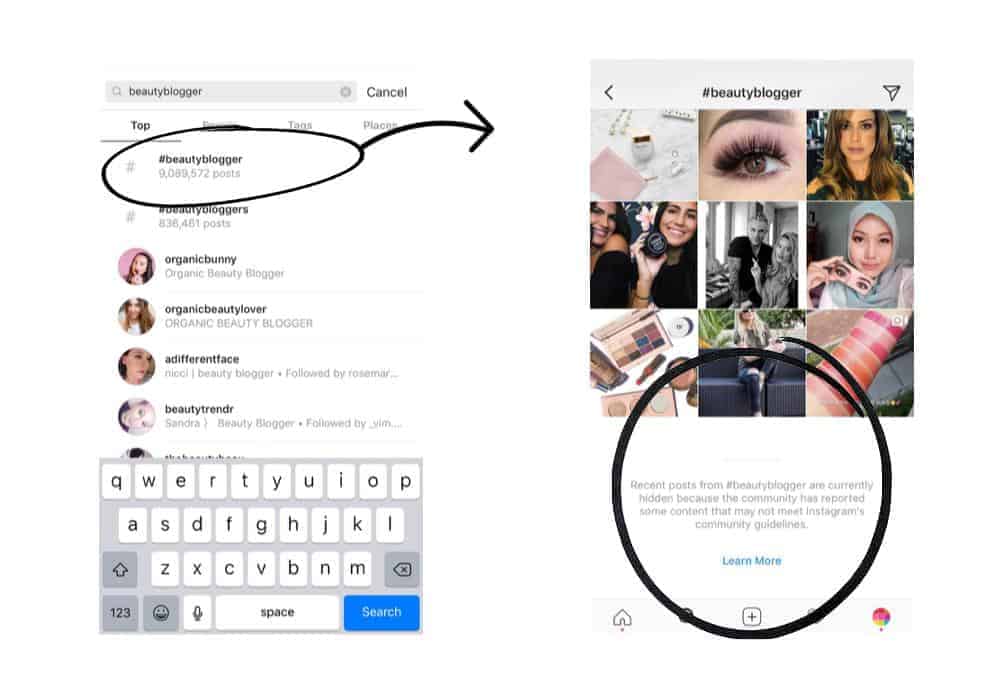
So how do I get Instagram to stop shadowbanning me?
Well, the good thing about the shadowban is it’s not a permanent thing. The adverse effects of it should end once you’re back in Instagram’s good graces.
The most effective way to do that seems to be to simply back off of using the app for a few days or a week. Several Instagram users who believe they’d been banned tried this tactic and found that after a few days of silence, their engagement levels were back where they’d been before the ban.
Going forward, it’s important to stick to social media marketing best practices when posting on Instagram: Post content that is relevant, valuable, and original. Keep your hashtag game concise and authentic.
If you follow these guidelines, you shouldn’t have to worry about another Instagram shadowban hitting you any time soon.
For more Instagram marketing tips, read “How to Market Your Business on Instagram: A Complete Guide.”

